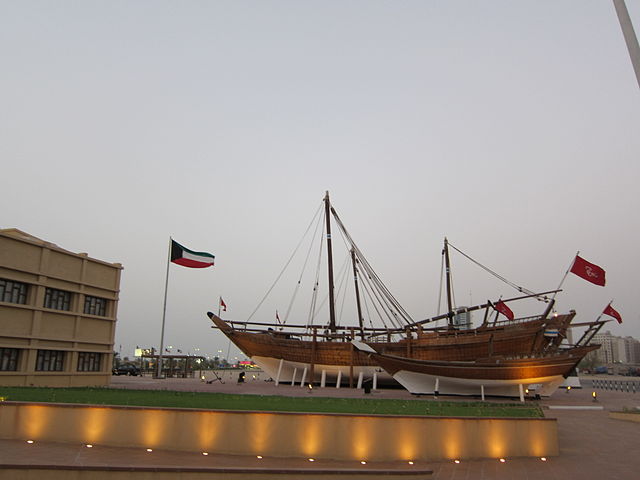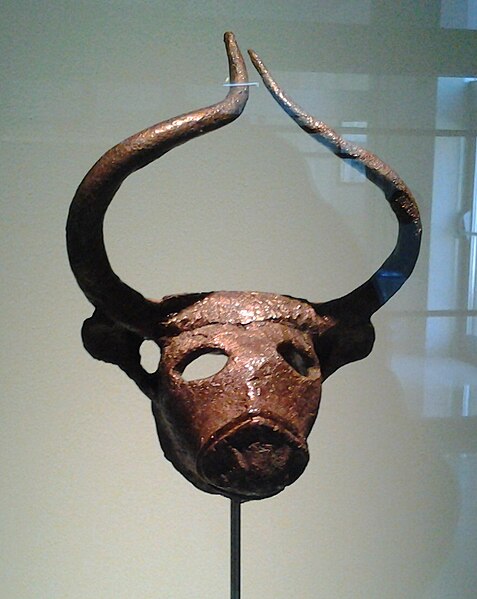Kuwait is a sovereign state in Western Asia located at the head of the Persian Gulf. The geographical region of Kuwait has been occupied by humans since antiquity, particularly due to its strategic location at the head of the Persian Gulf. In the pre-oil era, Kuwait was a regional trade port. In the modern era, Kuwait is best known for the Gulf War (1990–1991).
Ancient coins found on Failaka Island.
Antiquities
The Achaemenid Empire at its greatest territorial extent.
Marine Museum in Kuwait City. Demonstrates the founding of Kuwait as a sea port for merchants.
Dilmun, or Telmun, was an ancient East Semitic-speaking civilization in Eastern Arabia mentioned from the 3rd millennium BC onwards.
Based on contextual evidence, it was located in the Persian Gulf, on a trade route between Mesopotamia and the Indus Valley civilisation, close to the sea and to artesian springs. Dilmun encompassed Bahrain, Kuwait, and eastern Saudi Arabia. This area is certainly what is meant by references to "Dilmun" among the lands conquered by King Sargon II and his descendants.
Votive relief of Ur-Nanshe, king of Lagash: one of the inscriptions reads, “boats from the (distant) land of Dilmun carried the wood (for him)”, which is the oldest known written record of Dilmun and importation of goods into Mesopotamia.
Receipt for garments sent by boat to Dilmun in the 1st year of Ibbi-Sin's rule, circa 2028 BCE. British Museum BM 130462.
Bull's head, made of copper in the early period of Dilmun (ca. 2000 BC), discovered by Danish archeologists under Barbar Temple, Bahrain.
Correspondence between Ilī-ippašra, the governor of Dilmun, and Enlil-kidinni, the governor of Nippur, ca. 1350 BC








